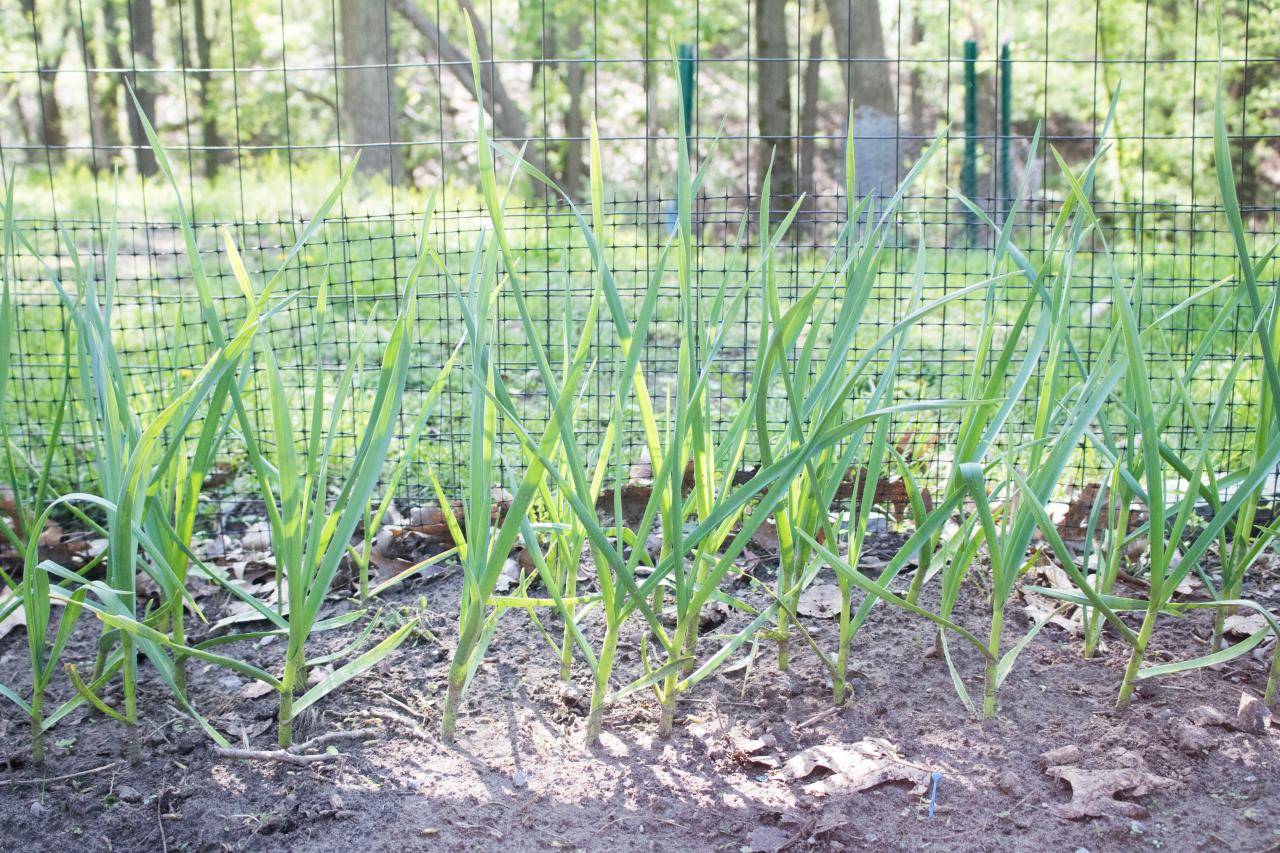The types of garlic that you grow in your garden will depend on the climate where you live. Hardneck varieties do well in warmer climates. They can grow in poor soil. They need about an inch of water per week to thrive. They also produce edible flower stems. And they will grow to about six feet tall, buy australian garlic here. You can find information about various varieties of garlic by reading the following paragraphs.
Hardneck varieties do well in warmer climates
For gardeners who don’t want to rely on transplants, there are a variety of hardneck garlic varieties that do well in warmer climates. These garlics produce bulbils, which are the mini cloves found on the flower stalk. These bulbs are genetically identical to the parent plant and are not seeds. If you were to plant a bulbil in a soil with a warm temperature, you would get a clone of the parent plant.

If your climate is warm, you should plant Tzan, Shantung Purple, and Creoles. These varieties are often used in Southern climates. While softneck garlic varieties can survive in warmer climates, hardneck varieties can be tougher to grow. The southern-grown varieties of garlic, however, are best planted in areas with cool winters and mild springs. If your climate is cool, you may want to grow Rocamboles instead. If you live in a cooler climate, you can grow Tzan, Creoles, and Siberian varieties.
They can tolerate nutrient-poor soil
If you’re wondering whether you should plant garlic in your own backyard, don’t worry. Garlic is a hardy perennial that can tolerate nutrient-poor soil as long as it has good drainage. It also needs soil that is rich in organic matter and has good moisture retention capabilities. It should not be too wet or puddled, but should remain nicely moist after a rain. Lastly, avoid over-stretching your garlic bulbs, as they may rot or deform due to over-stressing and heavy rain. Consider raising your garden bed to improve the tilth of your soil.
While garlic can survive in soil that’s too acidic or too nutrient-poor to grow other crops, it does not like soil that’s not well-drained. In fact, it prefers moist, rich soil, so adding organic manure to the soil prior to planting will help prevent the emergence of diseases and pests. Also, garlic needs plenty of phosphorus for healthy bulb formation. To make sure that your garden soil is nutrient-rich, apply fertilizer to your beds at least three weeks prior to planting.
They produce edible flower stems
You can eat the petals, stems, or whole flowers of many ornamental flowers. They should be free of white bases and interior parts. Many flowers that are available in garden centers and flower shops do not contain any chemicals or pesticides. Instead, you can grow edible flowers in your garden. Most edible flowers are low maintenance and can be used for a number of different purposes. This article will focus on preparing edible flower stems.
Edible flowers grow well in containers and can be added to a variety of foods. You can cook them as a garnish, add them to salads, or use them as flavoring and garnishing. Not only do edible flowers add a beautiful touch to your meal, but they’re also delicious! They’re also easy to grow. And if you’re unsure about which ones to grow, just follow these tips.
They need an inch of water a week
Garlic grows well in full sun and needs lots of organic matter. It needs a garden bed that is well-drained, with a layer of organic mulch. Avoid planting garlic in areas with onions or alliums. Fresh grass clippings are a good mulch option because they conserve moisture and help suppress weeds. As a bonus, clippings provide nitrogen when decomposed. Garlic does well in a garden with an inch of organic mulch applied once a week.
Once you’ve purchased your garlic bulbs, break them apart to plant each clove individually. Plant them about two inches deep and four inches apart. The bulb should have a flat bottom, known as the basal plate, and a pointy top where the leaves will grow. If you plan to plant a large planting, make sure to dig a furrow and press the cloves into the bottom. Make sure to space the rows about 18 to 24 inches apart. Mulch them if the soil in your garden gets too dry, but be sure to remove them once the risk of frost has passed.
They can tolerate leek rust
In the U.K., leek rust is a disease caused by a fungus. There are a few different forms of rust, though only two are noticeable in this country. Each form affects different varieties of allium. Fortunately, there are several ways to prevent leek rust and help your plants thrive. Here are some tips:
A good way to control this fungal disease is to use copper spray. This spray can prevent the larva from taking up residence on leeks. The leech thrips will then feed on the leaves of leeks, causing a brown or purple stain. But don’t worry – these leeks are still edible and delicious! Just be sure to use copper spray regularly. You can also use row covers to prevent the larvae from taking up residence.
